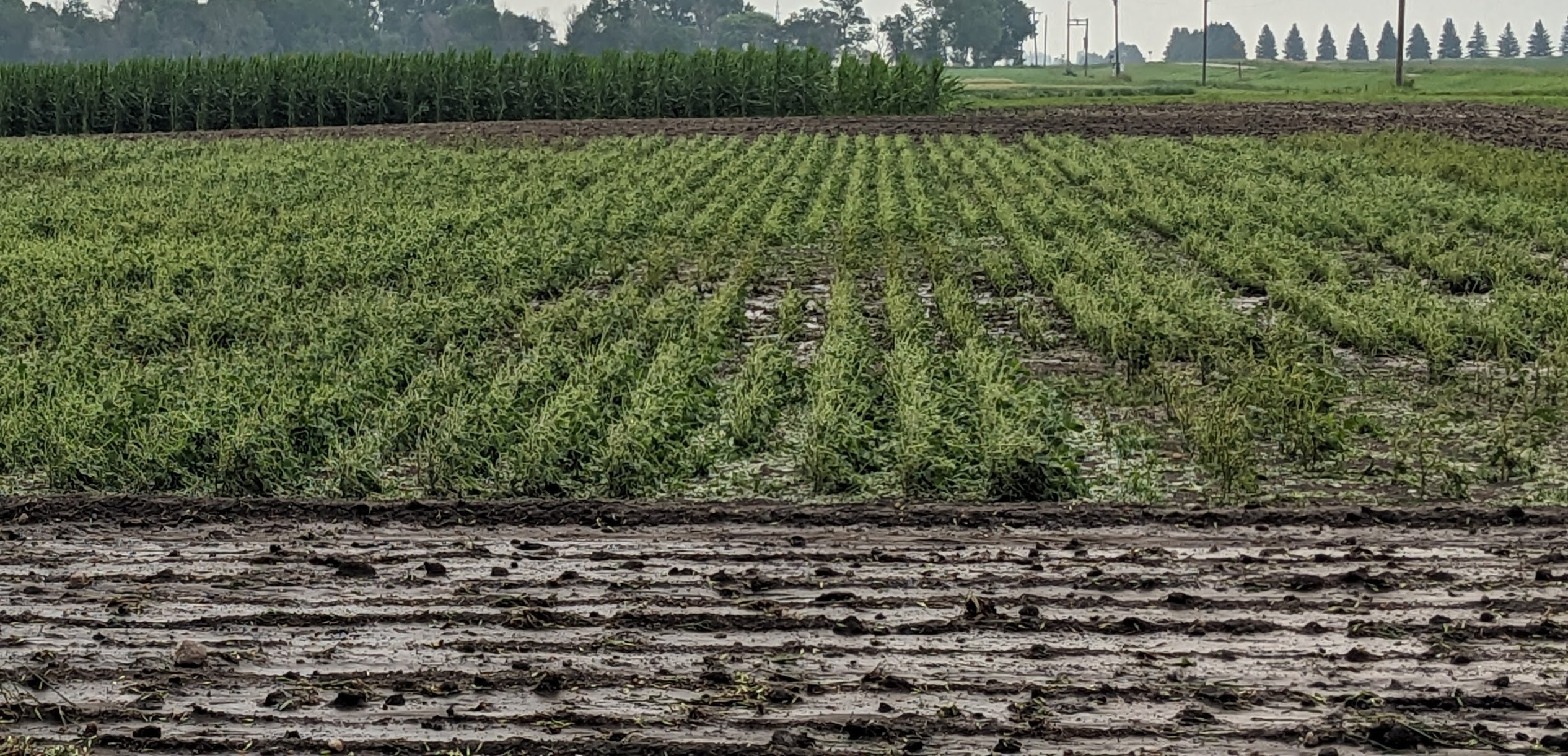Networking beyond our borders
Farming is a global endeavor, with similar crops and agricultural practices often found hundreds of miles from our backyard. I recently visited Lethbridge, Alberta, and connected with local researchers and stakeholders attending the Farming Smarter Conference and Trade Show on February 25 and 26.
During my visit, I had the opportunity to meet with Ken Coles, the Executive Director of Farming Smarter. We exchanged insights on a variety of topics, and I was fascinated to learn that his nonprofit organization conducts testing on more than 30 crops. This was especially surprising to me, as I often get raised eyebrows when I mention that I work with over 24 crops, depending on the year. I was also excited to see the implement they designed for administering hail treatments to research plots. This innovative tool consistently and successfully applied hail damage to field plots of dry beans, field peas, and wheat. Farming Smarter uses the device to test product efficacy for crop recovery after varying levels of damage.
So, why was the hail simulator so interesting to me? On July 22, a severe hailstorm wiped out several of my soybean trials. Instead of discing them under, I left them to see how well the soybeans would regrow. Surprisingly, they reached physiological maturity just before the frost. When I compared the yields to another research trial site about a mile away, I noticed that the variety impacted the recovery rate. One line didn’t recover, while others yielded between 50 to 90% of the yields at the other site. This made me wonder: how can we replicate a hailstorm in a controlled environment?

Enter the hail simulator! The information shared during my visit confirmed that we don’t need to reinvent the wheel, we just need to build it.
A few other interesting tidbits from the conference include:
- 'VUCA' stands for Volatile, Uncertain, Complex, and Ambiguous. (This term was used to describe our current political situation.)
- Depending on herbicide, time of day affects spray efficacy. Workshop panelists shared beautiful drone imagery to illustrate their findings.
- Rolling to increase haylage production didn’t yield the expected results. It had a negative impact when done at late tillering or later, and soil erosion occurred when done shortly after planting.
- The feed-out time for Wagyu beef is closer to 400 days, compared to the traditional 140-200 days for other beef breeds, as presented by a 4-H member. I loved the fact that a couple of opportunities to develop our youth were included in a professional conference.
I welcome the opportunity to visit with you about any of these topics.
Kristin Simons, Ph.D.
Kristin.Simons@ndsu.edu
Research Agronomist
